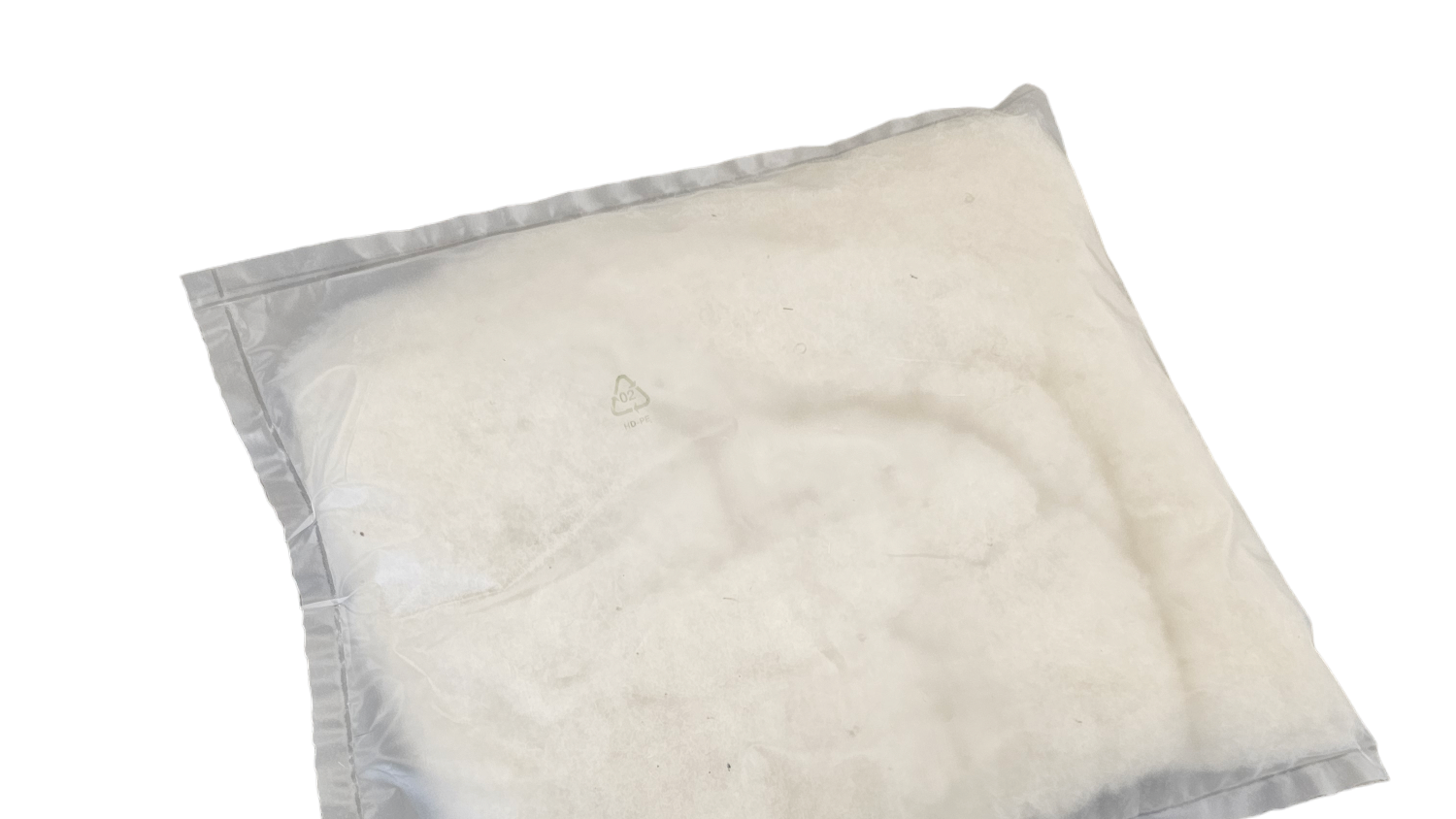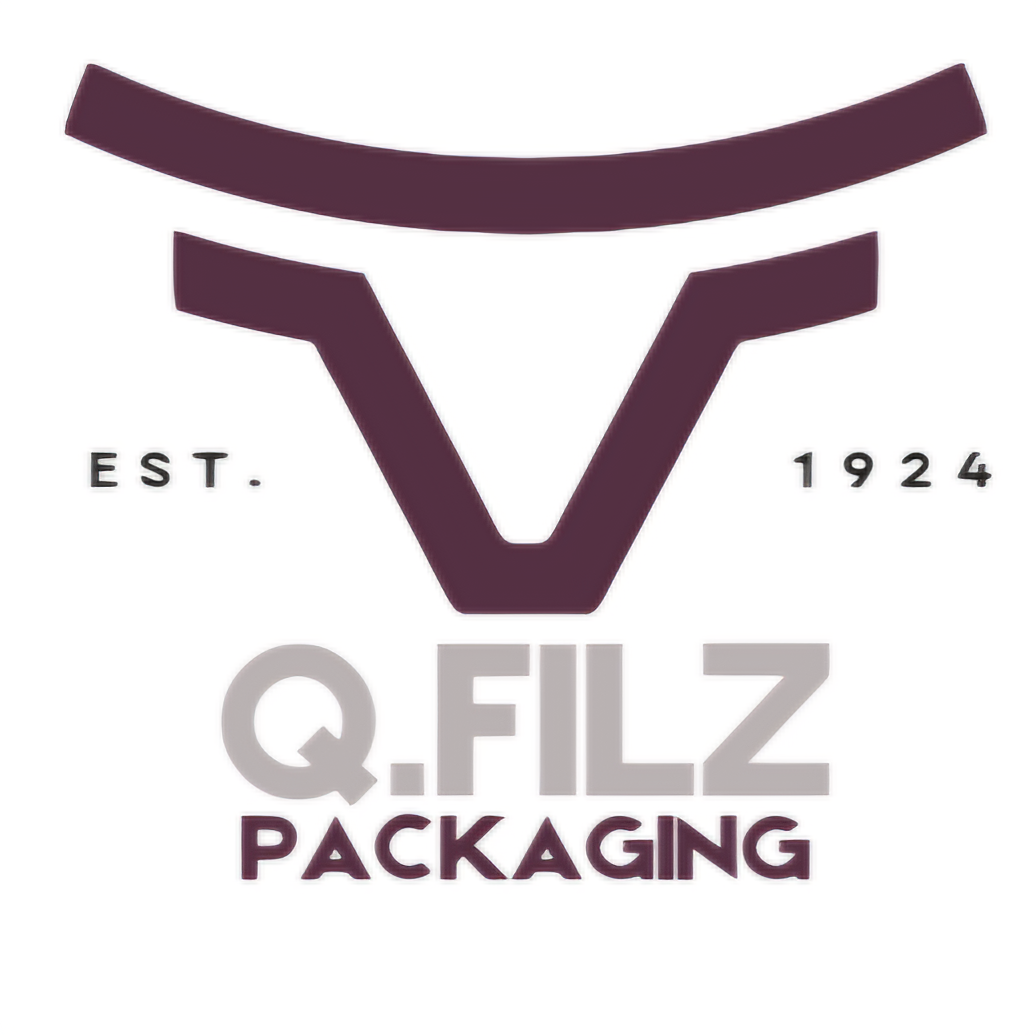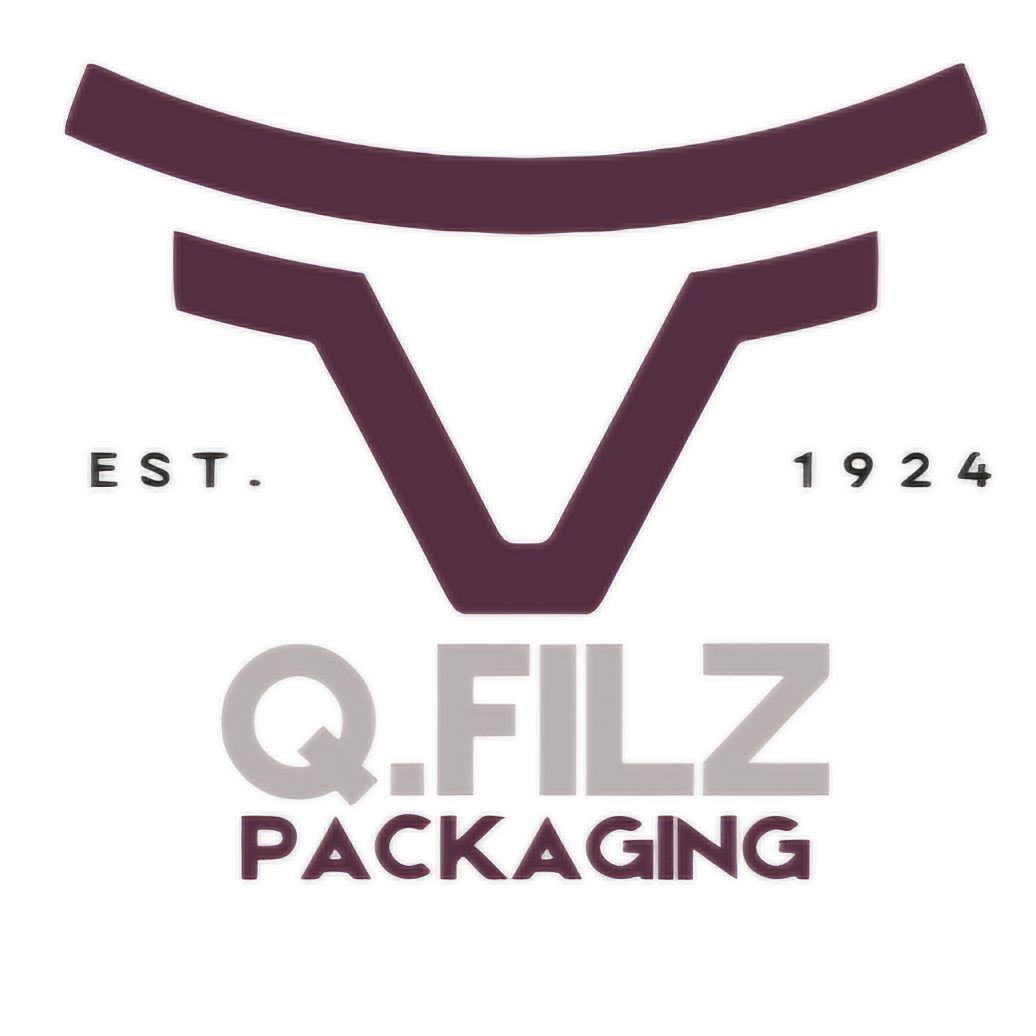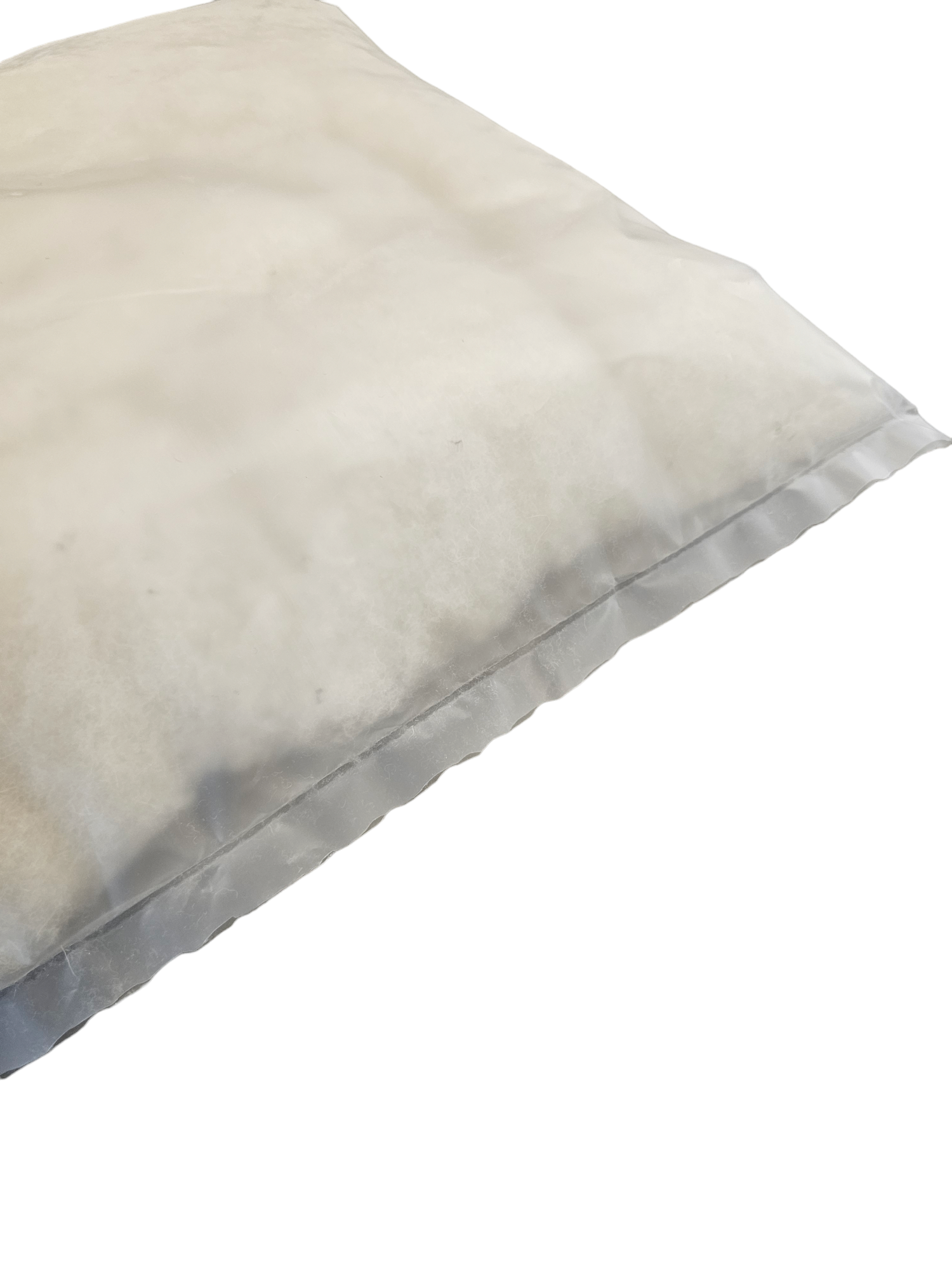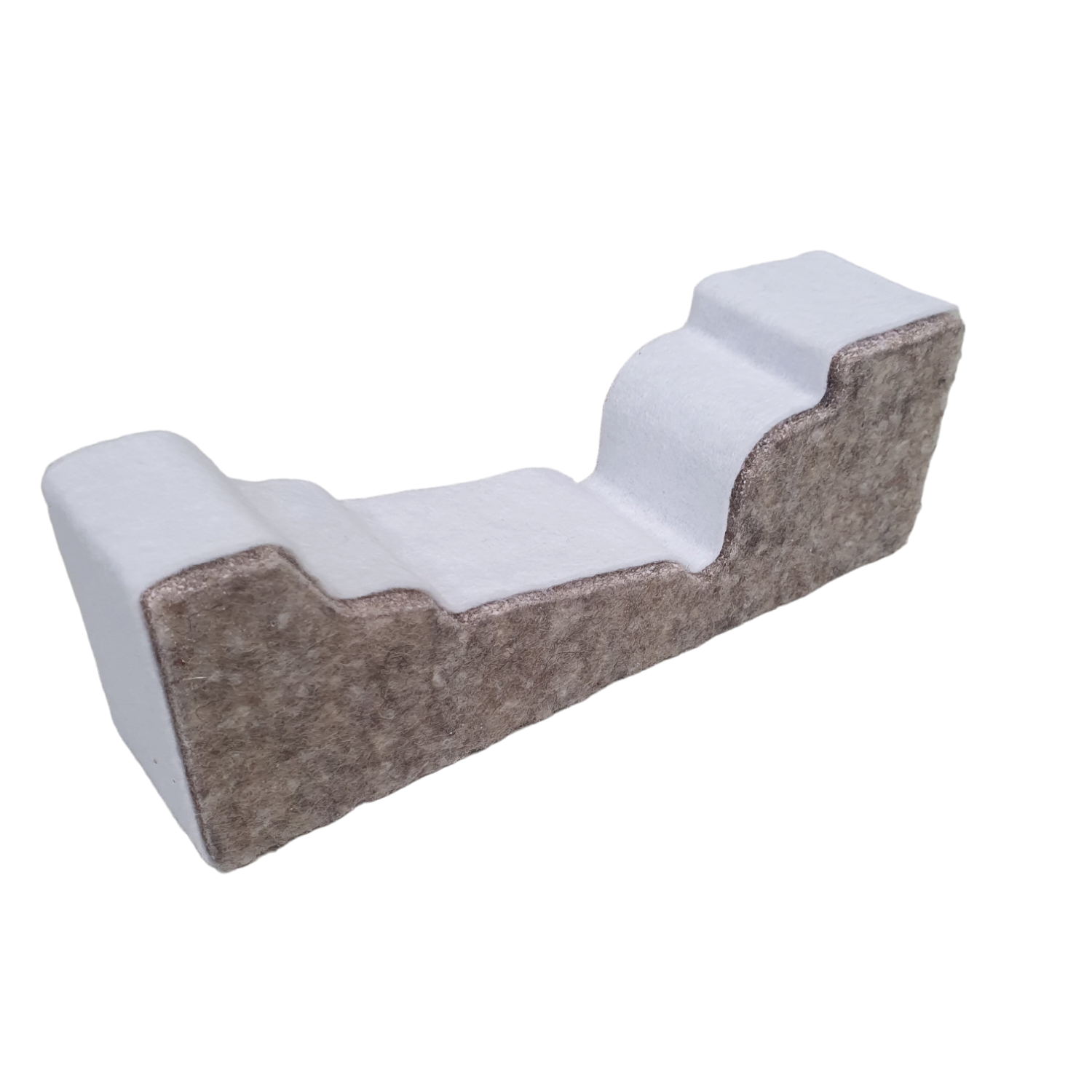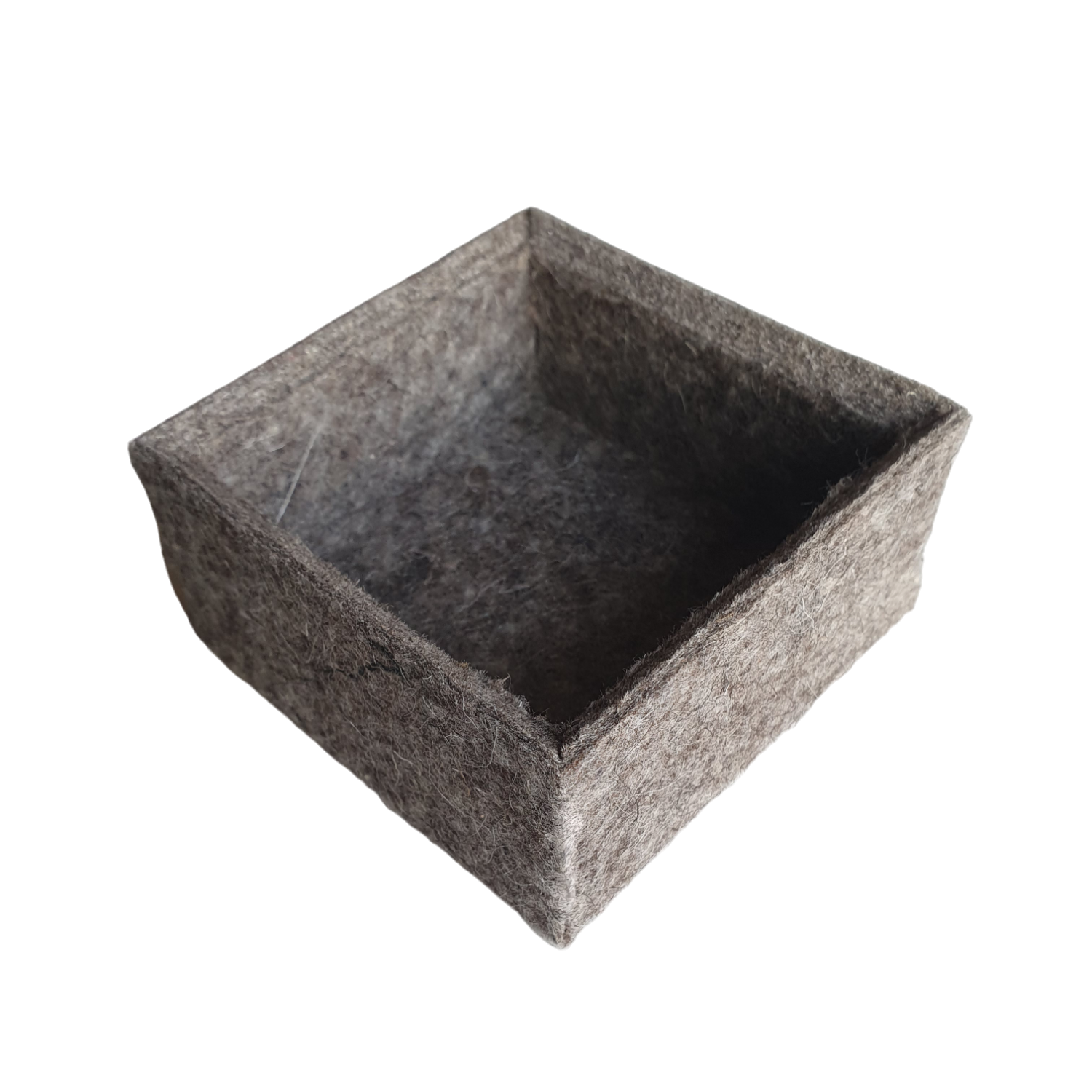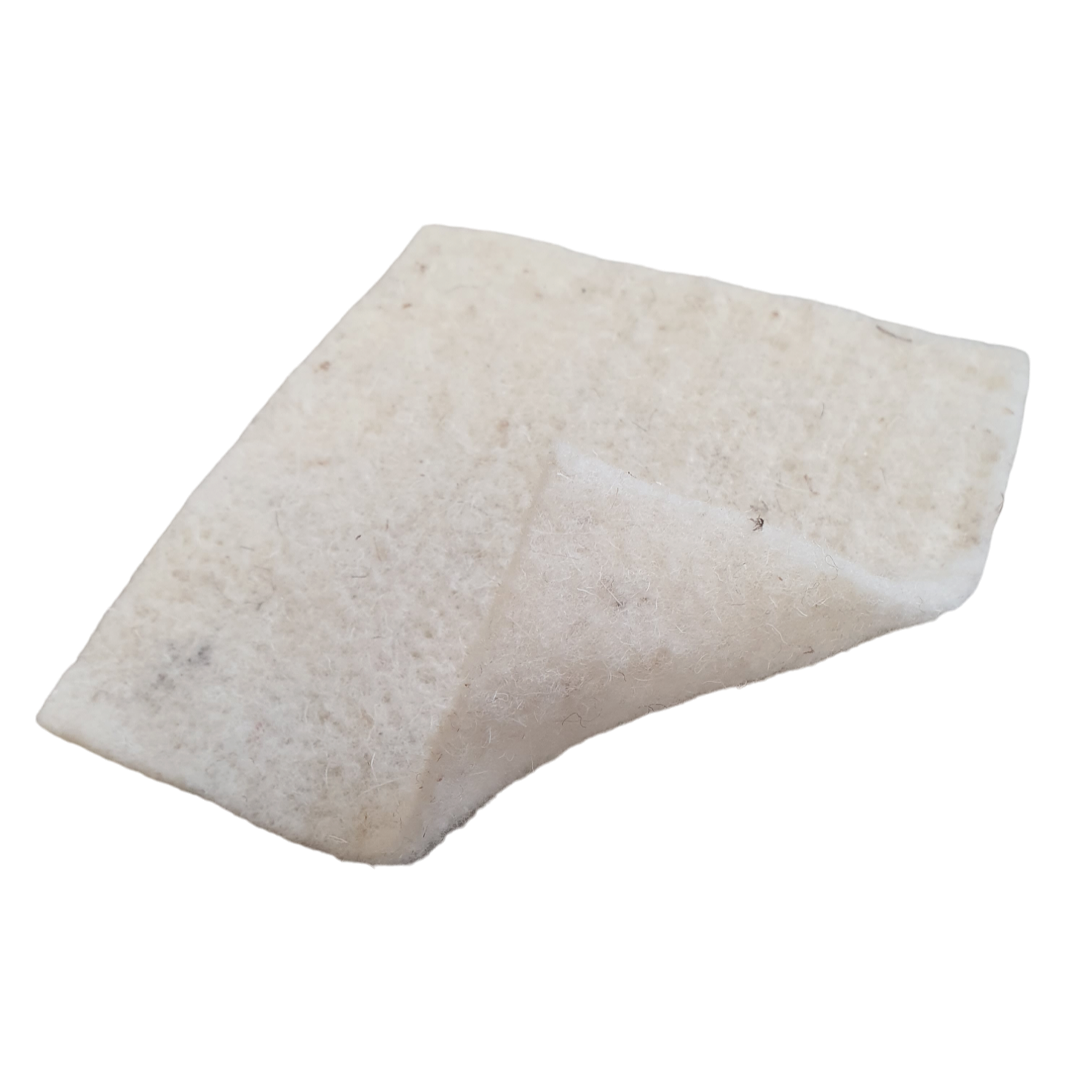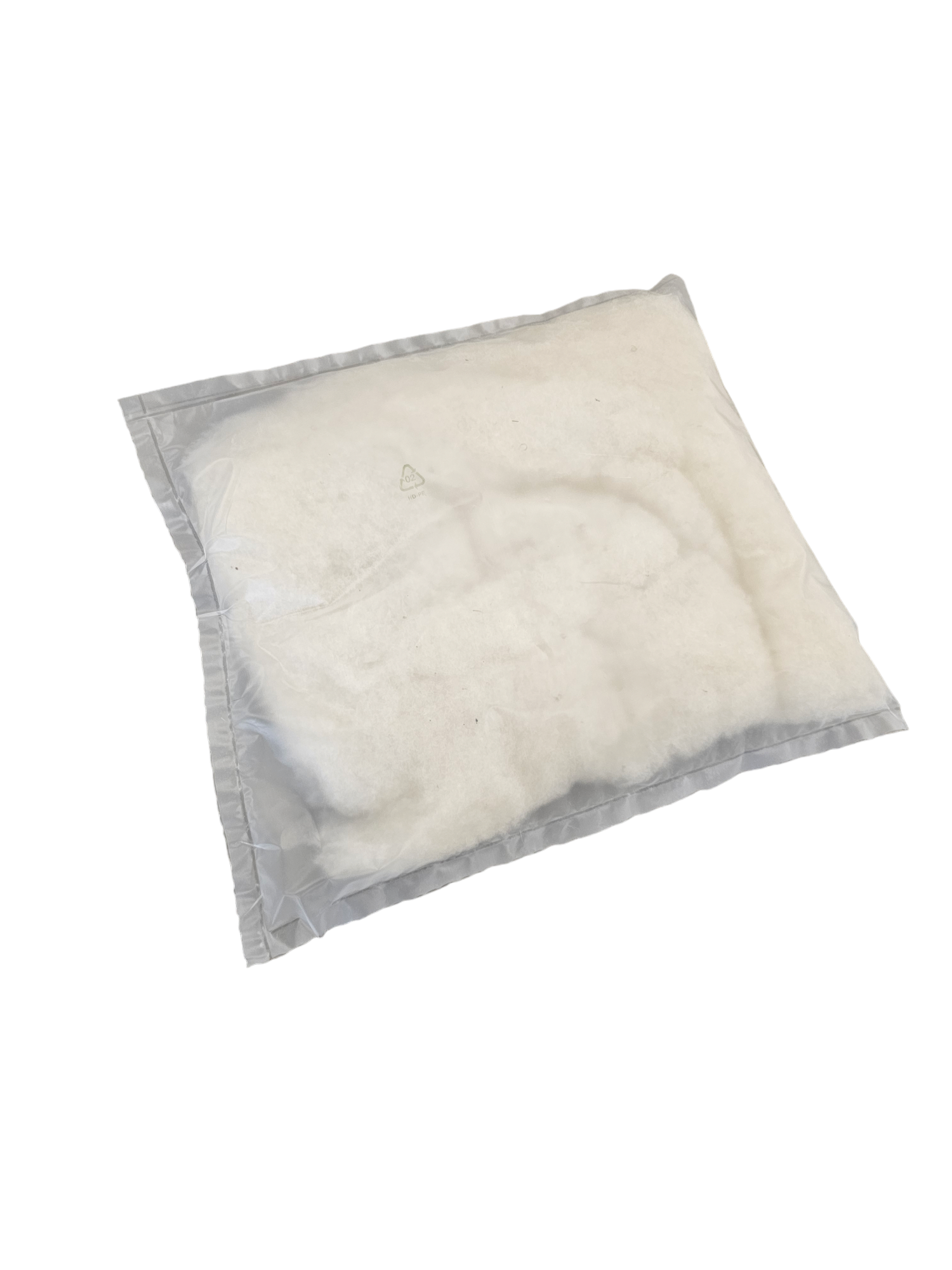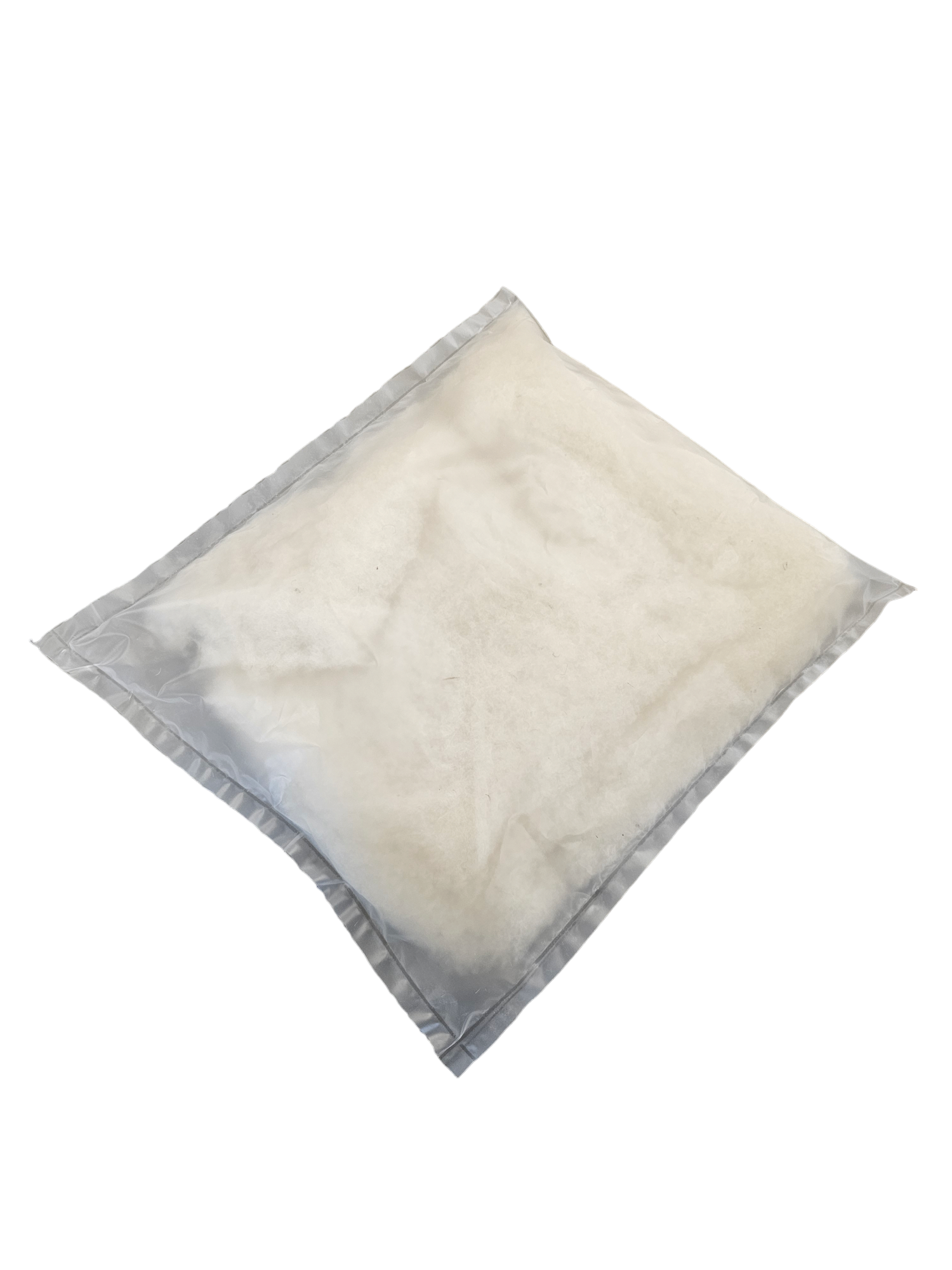Cooling, warming and protecting
Q.Filz POAL packaging
Q-Felt POAL packaging is used by e-commerce and luxury retailers to protect products during shipping.
Plastic packaging is everywhere
But plastic is not good for the planet. It takes more than 500 years to decompose in landfills or - in the worst case - in nature.
Thermal insulationThe inlay made of 100% sheep's wool ensures that the delivery is perfectly insulated and any damage to the product during transport can be prevented. The protective PVOH packaging can be disposed of without any problem. Disposal itself takes place in a two-stage process. Microorganisms such as bacteria, fungi, etc. secrete enzymes that break down the polymers into smaller molecular fragments, sometimes even down to the monomer units. The water-soluble, low-molecular fragments produced can then be absorbed by the cells and broken down into carbon dioxide, water and humus. To date, at least 55 types of microorganisms are known that can break down such polymers or are actively involved in their breakdown. The breakdown occurs in all of them with the help of a special class of enzymes, the alcohol oxidases. Oxidation reactions lead to the successive breakdown of the polymer into acetic acid molecules. These are absorbed by the organisms in their metabolism and converted into carbon dioxide and water. Many studies have shown that PVOH can be degraded in sewage and composting plants as well as in the soil.
A miracle material
made for wonderful packaging
